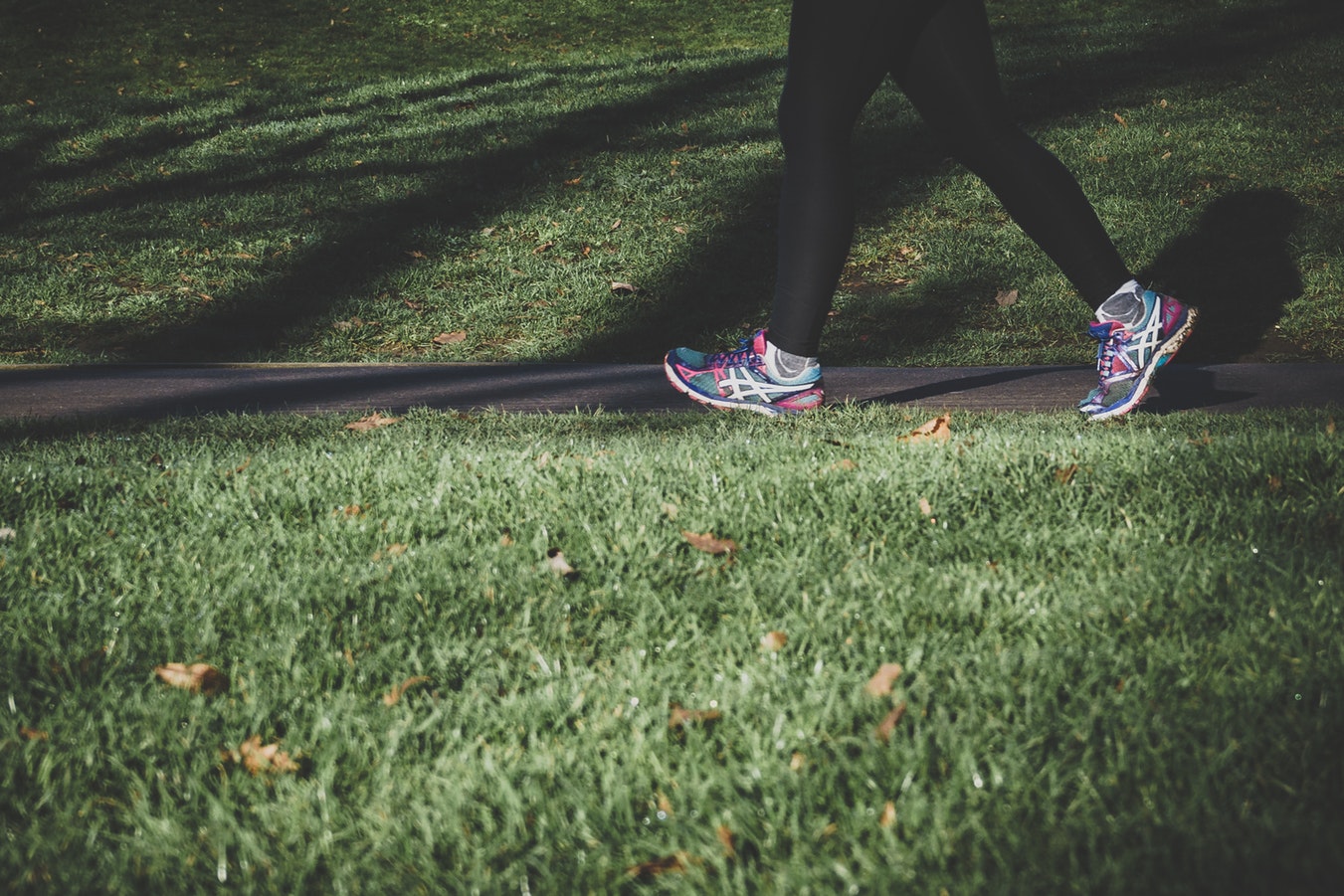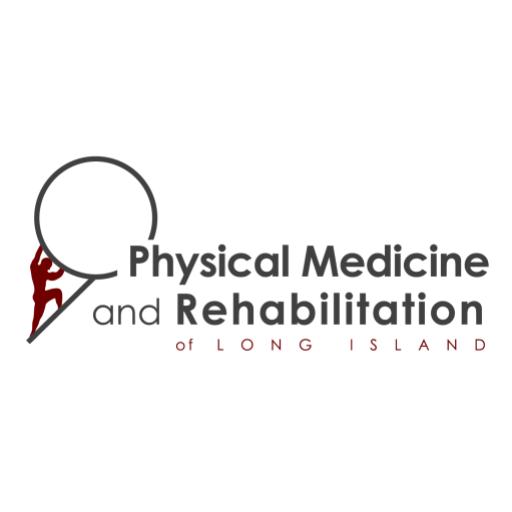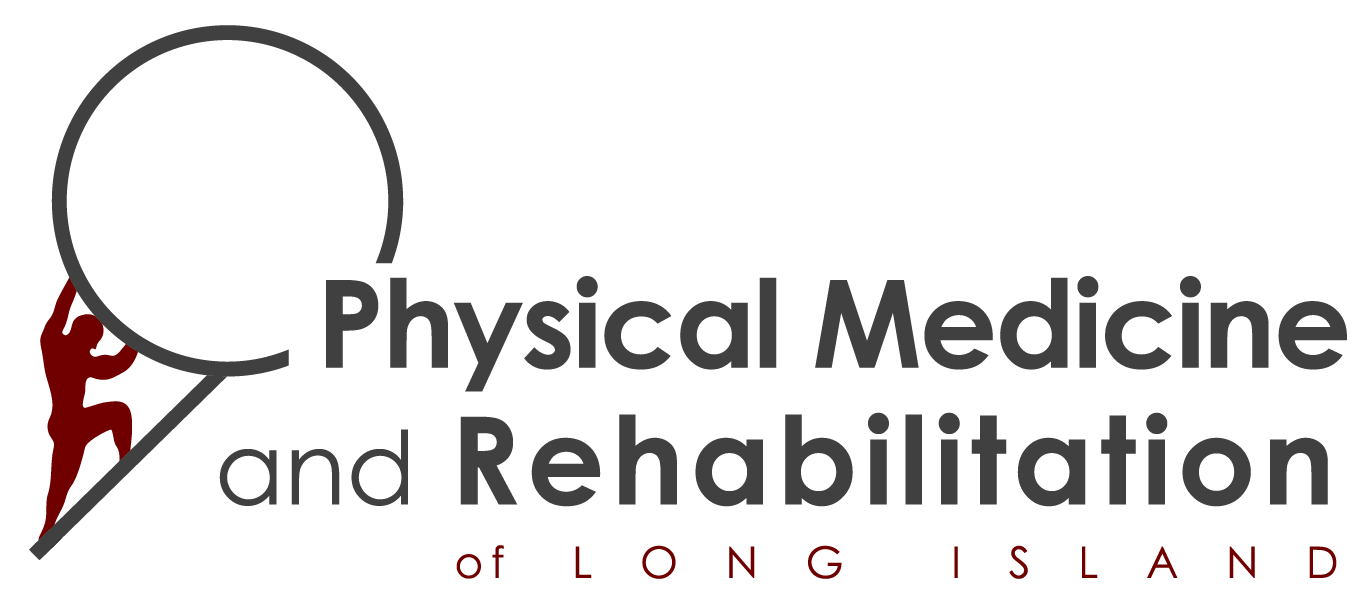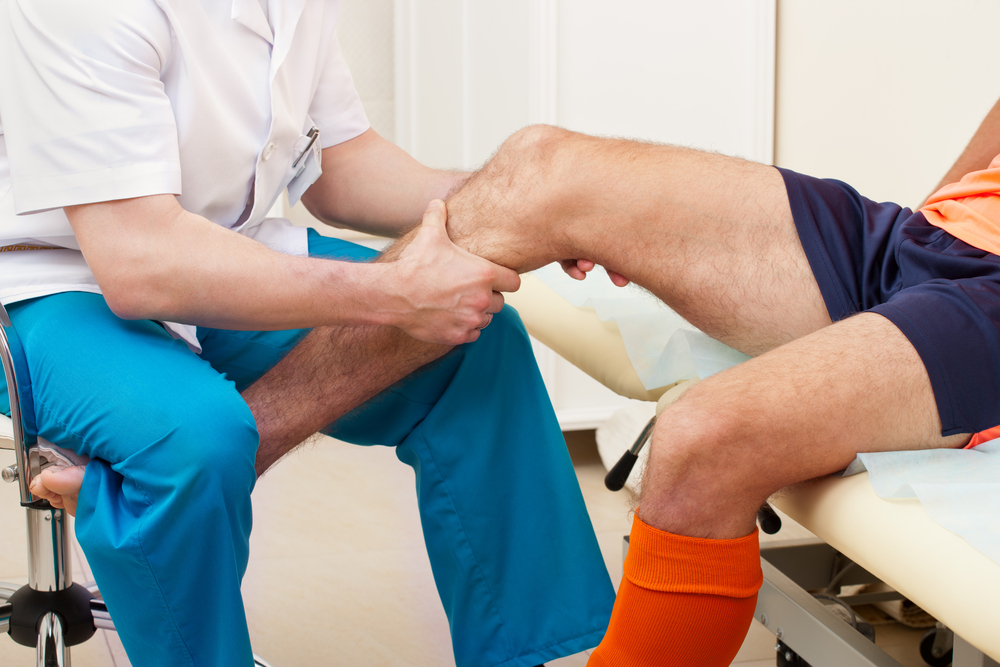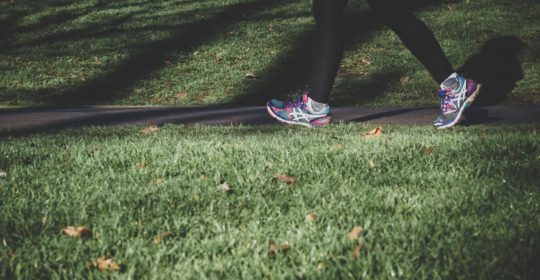
Gait Analysis Explained
Gait analysis is an assessment which identifies biochemical abnormalities in the gait cycle. “Gait” refers to the human body moving from point A to point B. Simply put, it’s a clinical assessment of the way one walks or runs. The average person doesn’t give walking much thought until an injury or pain interrupts this basic method of transportation. This can alter the normal gait resulting in abnormal walking which can lead to bigger health issues such as cardiovascular issues or musculoskeletal problems. The inability to move the way one used to can even take a toll on mental health causing feelings of lack of independence. Our Long Island Physical Medicine center can perform a gait analysis.
What can I expect from this assessment?
Gait analysis is more than watching someone walk or run. A true analysis measures exact angles and degrees of one’s knees, ankles, and hips while performing these simple acts. Whether you’re a runner or just curious about the assessment, it’s smart to gain knowledge of your body’s movement. Gait analysis helps individuals discover over and underactive muscles, as well as where you’re most susceptible to injuries and inefficiencies. In turn, it provides you with a personal movement “map.”
A gait analysis may also read the imprint of your foot, therefore it’s important to understand the basics:
The arch is the curve on the center of your foot:
-
- About half an arch is a normal gait. This allows your foot to collapse inward absorbing shock which is what it is meant to do.
- Filled in, means you cannot see an arch. This means you have flat feet, causing stress on your body from the improper arch resulting in the foot collapsing inward excessively.
- No arch means you can only see the heel and ball of your foot. This means you have a potential high arch causing your foot to collapse irregularly and not as often, resulting in the inability to absorb shock properly causing stress on the legs.
It might seem obvious, but you will be walking and running during this assessment, therefore wear or bring appropriate clothing such as running shoes and workout attire. Jeans or generally casual attire may be restrictive which can affect your results. After you’ve finished the visual recording of your running or walking, it will be analyzed. Our Long Island Physical Medicine team will analyze your feet, legs and body’s overall movement to detect injury-prone areas, inefficiencies, and more.
Whether your injuries are sports or accident related, they can cause gait abnormalities, as can a variety of other medical conditions. After you’ve received your gait analysis, our team may suggest specialized footwear, braces, customized arch support, or therapy. Visit our Long Island Physical Medicine center to learn more about how we can help you with gait analysis.
